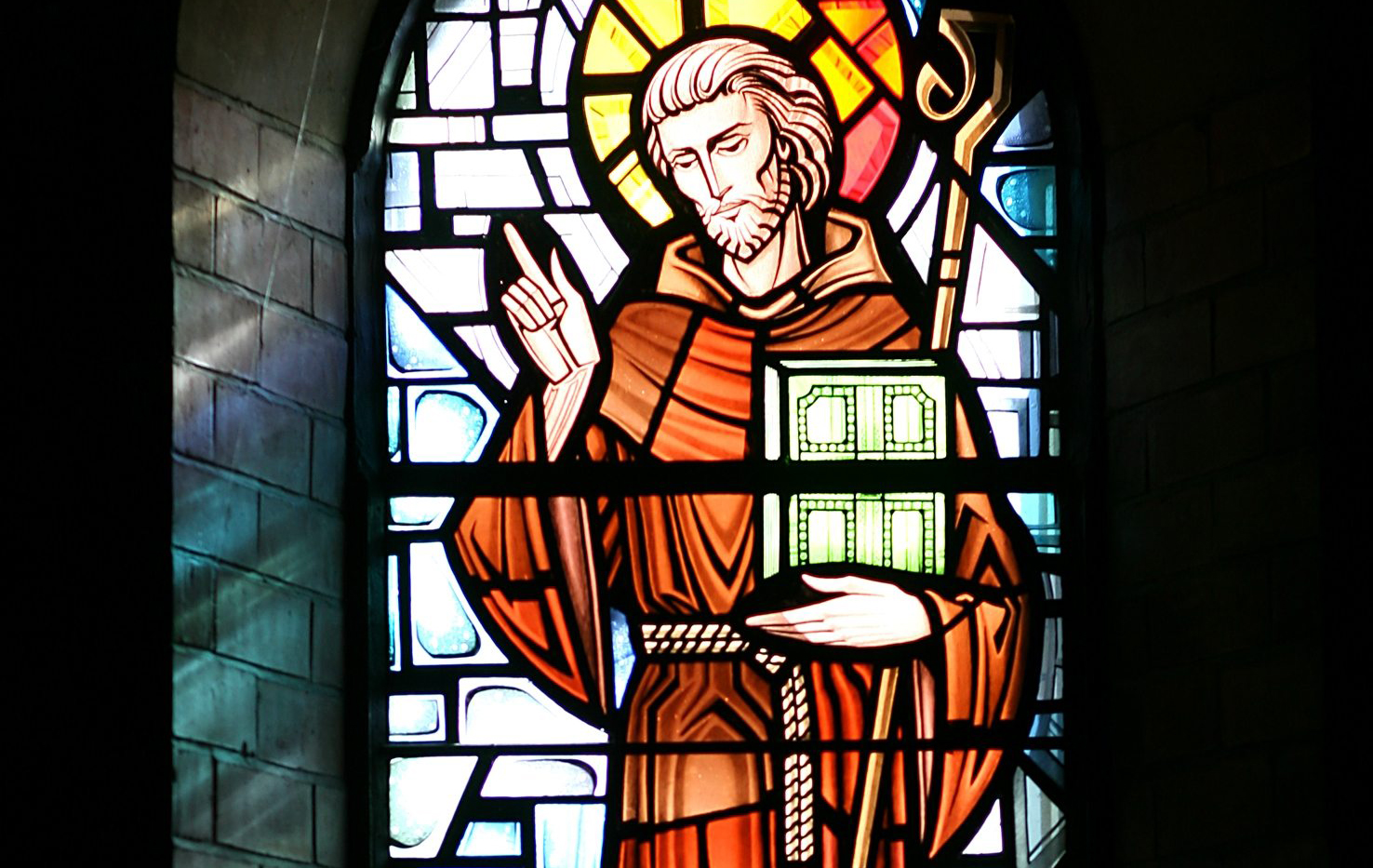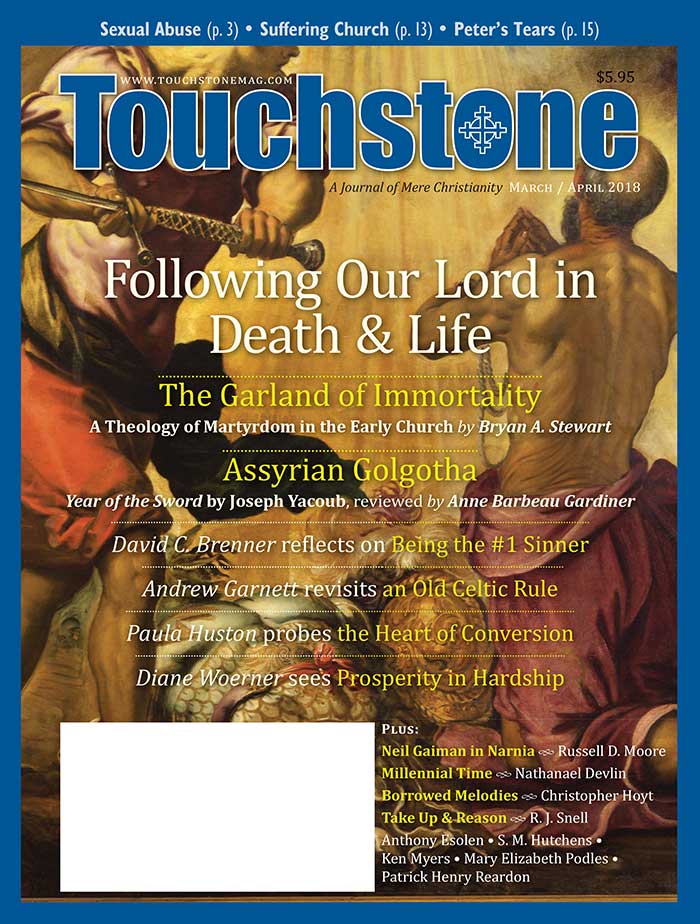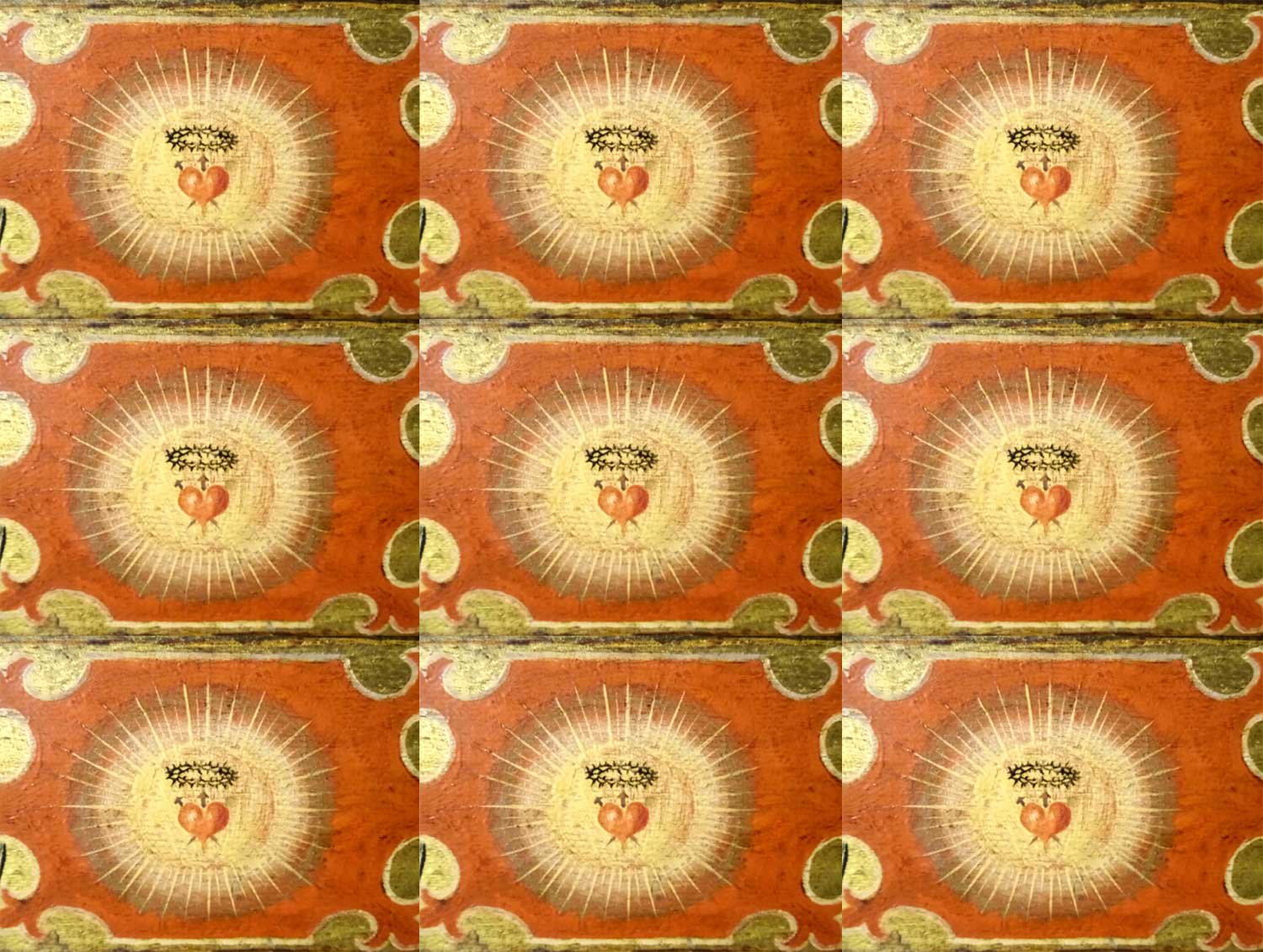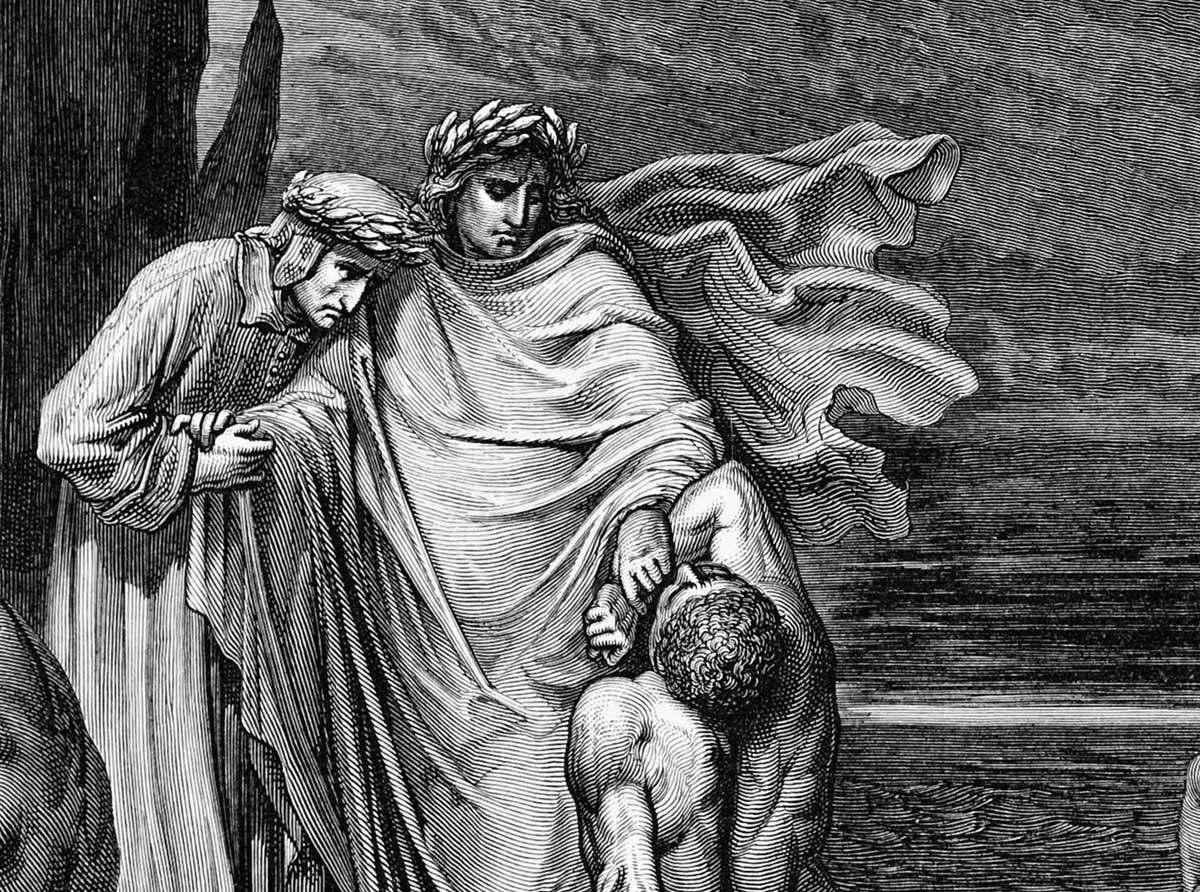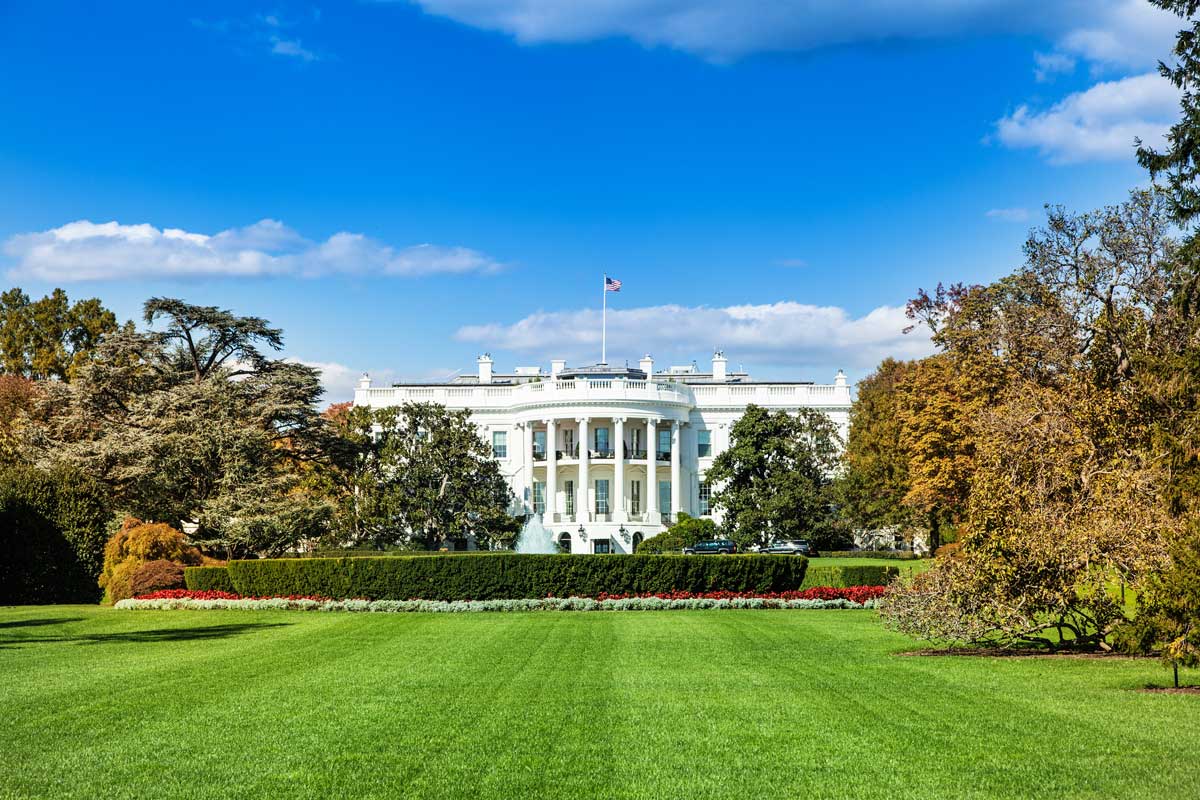View
Celtic Spirituality Revisited
Andrew Garnett on Insights from the Rule of Columbanus
“Celtic Christianity” is a nebulous term. It is popularly used to refer to a unique form of Christianity that purportedly flourished in the British Isles (particularly Wales, Scotland, and Ireland) from the fourth century until the Synod of Whitby in 664. The existence of a distinctive Celtic church is frequently questioned, with most now believing that the Celtic church was no more idiosyncratic than any other regional church; there were unique aspects to be sure, but the Celtic church was generally in step with the rest of the Christian world. Indeed, the main ruling of the Synod of Whitby, the event commonly considered the death knell of an independent Celtic church, was that the churches of northern England would calculate the date of Easter according to the Roman system rather than the Celtic one—hardly a radical rupture in the faith.
Despite this ambiguity, Celtic Christianity has become something of a pop-culture phenomenon; a search at a popular online retailer reveals over 900 books for sale on the topic. However, most of these books do not engage with actual Celtic Christian writings or the archaeology of the early medieval period; instead, a few “facts” are used to build an elaborate yet largely fanciful reconstruction of an alternative Christian spirituality. Most of these reconstructions portray the ancient Celtic Christians as creative, peaceful, nature-loving free spirits (the casual reader would be forgiven for assuming that the ancient Celts spent most of their time climbing trees and hugging animals). This “Celtic Christianity” is then re-appropriated as a modern alternative for persons disillusioned with mainstream Christianity.
Even a cursory reading of the original sources will dispel many of these modern fictions. Yet such a reading will also reveal that the Celtic church did have practices that contemporary Christians can learn from. A fine example may be found in the Rule of Columbanus, which offers a wealth of material on what it means to live a disciplined spiritual life. Columbanus (543–615) was an Irish monk, originally associated with the abbey at Bangor in modern-day County Down. His most important work was the creation of monasteries on the Irish model throughout what is now France and Italy. The rule he wrote to govern the patterns of life in these monastic communities is presumably based on the principles he learned during his training in Ireland. Three practices from his rule that might benefit the modern church are mortification, simplicity, and moderation.
Mortification
When speaking about the spiritual journey today, many Christians describe it with positive terms—like sanctification, spiritual growth, and discipleship—which convey the idea of positive progress. But historically, many Christians believed that a negative process was necessary before the positive journey could begin. This negative process is called mortification; it involves the elimination of sin and self-will from our lives. Thus, Columbanus begins the ninth chapter of his rule with the statement, “Mortification is the most important part of the monastic rule.”
Columbanus notes that mortification is “unbearable to the proud and hard-hearted” because its demands seem “hard and toilsome.” Killing self-interest is painful, and the self naturally resists being killed. So, on our own, we will not tend to choose the painful but necessary task of mortification. The insight of Columbanus (and other Celtic monks like him) was that we can choose to enter into a life in which mortification becomes almost unavoidable. Like a parent who gets up repeatedly during the night to feed his newborn infant not because he has willingly chosen to deprive himself of sleep but because he has willingly taken on the responsibilities of parenthood, Columbanus believed that we could structure our lives in such a way that mortifications we would otherwise avoid are willingly accepted as inescapable aspects of the life we have chosen.
Much of Columbanus’s rule consists of practical steps for placing monks squarely in the path of “a threefold scheme of mortification: not to disagree in mind, not to speak as one pleases with the tongue, [and] not to go anywhere with complete freedom” (chapter 9).
For the first part, “not to disagree in mind,” he counsels monks to trust the guidance of their superior. Each monastery had a superior who led the monks as a father leads his children. As long as a monk did not question the guidance of his superior, there was nothing to fear; if the guidance was in error yet the monk obeyed wholeheartedly, then the blame would lie with the superior for giving poor guidance. Columbanus also notes that obedience shown to a superior is, in fact, obedience shown to Christ.
The second chapter of the rule is devoted to learning not to speak as one pleases. Monks are encouraged to refrain from speaking unnecessarily, partly on the basis of Matthew 12:37—if we will be both justified and condemned by our words, it is best to speak only when the words we utter are clearly prudent. Columbanus regards speaking out against a superior monk as particularly serious: “But he who answers back incurs the charge of insubordination, and thus is not only guilty of disobedience, but also, by opening the way of answering back for others, is to be regarded as the destroyer of many” (chapter 1).
For the restriction against traveling in freedom, we must look outside the text of the rule. The early Irish monks put this concept into practice by situating their communities in remote and inaccessible locations; islands, mountains, and deserted areas were common sites for monasteries. By choosing to live in such isolated places, the brothers were hindered from traveling whether they wanted to or not.
The same remoteness meant that they could not easily escape each other’s company. Thus, they were also forced to learn to put their own inclinations aside and to live harmoniously with their fellows despite any differences.
All this is summarized succinctly in the tenth and final chapter:
Let the monk live in a community under the discipline of one father and in company with many, so that from one he may learn humility, from another patience. For one may teach him silence and another meekness. Let him not do as he wishes, let him eat what he is told, keep as much as he has received, complete the full amount of his work, be subject to one whom he does not like.
This may strike the modern reader as harsh, and undoubtedly it is; I would not suggest that this strict asceticism should be adopted in modern life without hesitation or qualification. But in a world where ease and luxury have become virtues, we might do well to place ourselves in circumstances that stretch us, that break us out of our comfort zones, and that force us to do things we might not enjoy. A bit of mortification would not hurt any of us.
Simplicity
Columbanus also counseled his followers to live simply:
Monks, to whom for Christ’s sake the world is crucified as they are to the world, must avoid greed when indeed it is not only wrong for them to have things unnecessary to their needs but even to want them. In their case not possessions but will is required; and they, leaving all things and daily following the Lord Christ with the cross of fear, have treasures in heaven. Therefore, while they will have much in heaven, on earth they should be satisfied with the bare minimum, knowing that greed is a leprosy for monks. (Chapter 4)
Each monk was expected to lead a simple life unencumbered by earthly cares. Yet, while austerity was encouraged, Columbanus was clear that this should not be carried to an extreme, “because if self-denial goes too far, it will be a sin and not a virtue” (chapter 3).
In this regard, what makes the Rule of Columbanus valuable for us is its recognition that simplicity has no inherent value. There is nothing intrinsically virtuous about being simple or being poor. Rather, simplicity is the first step on the path to spiritual perfection:
Thus nakedness and disdain of riches are the first perfection of monks . . . but the second is the purging of sins, [and] the third [is] the most perfect and perpetual love of God and unceasing affection for the things of God which follows from forgetting earthly things. (Chapter 4)
Poverty that is not chosen is a grave injustice. But when freely and thoughtfully chosen, simplicity is the first step to spiritual maturity.
With regard to simplicity, the majority of the Western world is so out of step with Columbanus that it hardly needs explanation. But just for this reason, the Celtic monks living in their simple stone huts should give us pause. They chose to live that way not because they wanted to be poor, but because they learned by experience that simple living was the path to spiritual growth.
Moderation
Celtic monasticism was harsher than most contemporary forms of spirituality. The monks were unrelentingly hard on sin, and they sought to weed out immorality as few people in the Christian tradition have. Yet, paradoxically, there was also a strong tendency toward moderation. Columbanus counsels his followers to always seek a middle path: “Thus between the little and the excessive there is a reasonable measure in the middle, which always calls us back from every excess on either side, and in every case provides what is needed and spurns the unreasonable demand of unnecessary desire” (chapter 8).
So while the “use of life must be moderated” so that “the possibility of spiritual progress may be kept alive with an abstinence that punishes the flesh,” it is also true that “labor must be moderated.” A monk should not be so exhausted and worn down that life becomes intolerable:
We must fast every day, just as we must take food every day; and while we must eat daily, we must gratify the body more poorly and sparingly. And we must eat every day because every day we must advance along our path; pray daily, labor daily, and read daily. (Chapter 3)
This mixture of moral rigor and physical moderation is shown most clearly when Columbanus discusses the habit of daily prayer. Monks would assemble at regularly scheduled hours in the day and night for prayer. Columbanus’s rule says that the daily office of prayer should be handled differently in different seasons. Since Ireland was located farther north than most of Christian Europe, it experienced the greatest extremes in daylight hours over the course of a year. In winter, when the nights were longer, it was relatively easy to wake in the night and gather for prayer. But in the summer, when the nights were very short, long nightly prayers would almost eliminate the opportunity for sleep. Consequently, the rule says that nightly prayers should be shorter in the summer and longer in the winter.
This demonstrates the practicality that characterizes Celtic spirituality, but the most interesting passage is the one following this section, when Columbanus steps back and addresses the purpose of the daily office:
However, as I have said, the true tradition of prayer is that the potential of the monk should be realized without wearying him of his vow, as far as the excellence of his potential permits, or his mental capacity or physical condition allows, considering his limitations . . . according to whether he is free and alone, his extent of learning, his free time in his position, his depth of study, his type of work, and his age. . . . And so, although the length of standing or singing may vary, the identity of prayer in the heart and the unceasing concentration of the mind with God will be of the highest excellence. (Chapter 7)
This is the paradox at the heart of Celtic spirituality. The point of such frequent and rigorous prayer is to push each monk to his limit, stopping just short of the point at which he would regret his vow to become a monk. Everything in the rule is designed to push a man almost to his breaking point, to ensure that he reaches his highest potential. Yet there is a clear awareness that the results will look different for each person—one will be capable of a great intensity of prayer, while another will be capable of less. But each will be at his highest level of excellence, because each will be giving his best.
This is a very nuanced view of the Christian life, and it often seems out of keeping with our age of sound bites and superficiality. Celtic spirituality contains a thoughtful moderation that can help us steer between the extremes our culture pulls us toward.
Wisdom for Our Age
In a culture that demands that we seek immediate gratification of our every impulse, the ancient Celtic Christians remind us of self-denial and mortification. In a world of excess, we might learn from their satisfaction with simplicity. In a culture of extremism, they counsel us to embrace moderation. The real Celtic Christians may not be as trendy as the pop-culture ones, but if we engage them on their own terms, we might be surprised at how relevant their faith remains for our modern world.
Andrew Garnett is the minister for serving Christ at Forest Hills Baptist Church in Raleigh, North Carolina. He holds an M.Div. from Wake Forest University. He and his wife, Jessie, have one daughter.
subscription options
Order
Print/Online Subscription

Get six issues (one year) of Touchstone PLUS full online access including pdf downloads for only $39.95. That's only $3.34 per month!
Order
Online Only
Subscription

Get a one-year full-access subscription to the Touchstone online archives for only $19.95. That's only $1.66 per month!
bulk subscriptions
Order Touchstone subscriptions in bulk and save $10 per sub! Each subscription includes 6 issues of Touchstone plus full online access to touchstonemag.com—including archives, videos, and pdf downloads of recent issues for only $29.95 each! Great for churches or study groups.
Transactions will be processed on a secure server.
more on church history from the online archives
more from the online archives
calling all readers
Please Donate
"There are magazines worth reading but few worth saving . . . Touchstone is just such a magazine."
—Alice von Hildebrand
"Here we do not concede one square millimeter of territory to falsehood, folly, contemporary sentimentality, or fashion. We speak the truth, and let God be our judge. . . . Touchstone is the one committedly Christian conservative journal."
—Anthony Esolen, Touchstone senior editor





